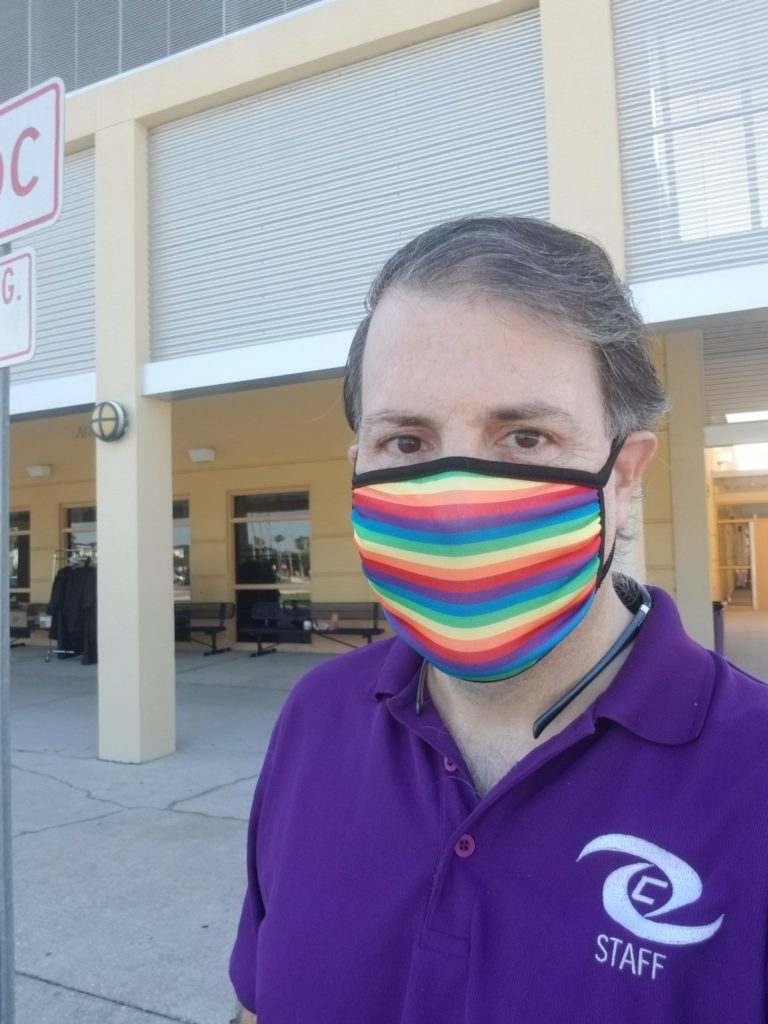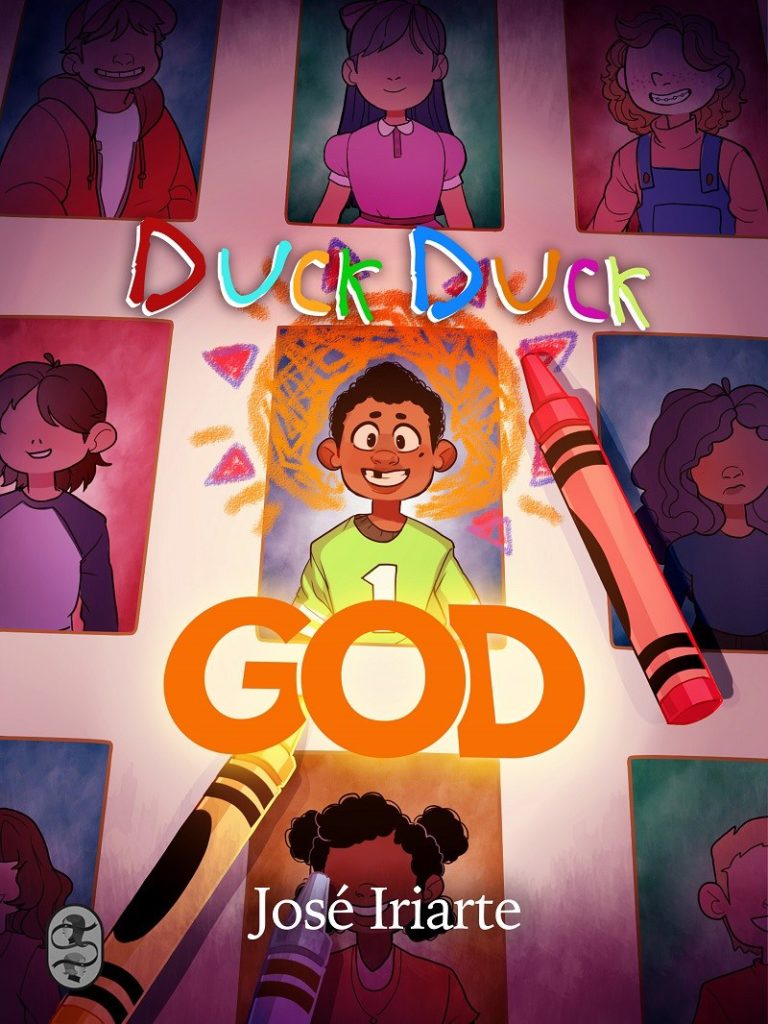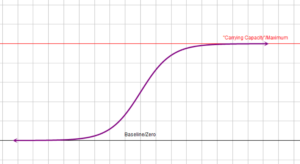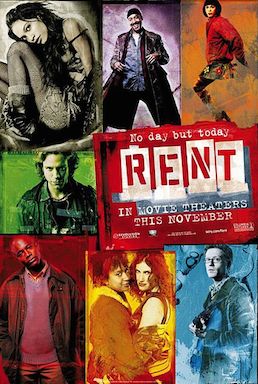Looks like I didn’t do one of these for 2017–in hindsight, I didn’t read terribly widely in 2017. I didn’t write much either. Jesus, where did 2017 even go?
2018, though, was a year that my short fiction reading really bumped back up, for some reason, back to the levels I used to read when I was trying to break through with my own first sales. I certainly didn’t read everything that was out there–for one thing, there are so many more professional markets than there used to be! But I read the markets that I already know play to my tastes, and I also read stories by people whose stories I’d loved before, if I happened to come across them in other markets. So many of the stories I read were terrific. Way too many to recap in a blog post of any reasonable length—honestly, too many to even be able to reliably remember them all. So please take this list with a grain of salt. It is necessarily incomplete, and kind of arbitrary, but if you’re looking for a good starting point to get into contemporary short speculative fiction, or if you’re working on your award nomination ballot and looking for stories you may have missed, here’s some you might want to check out.
“Mr. Try Again,” by A. Merc Rustad: This is a chilling story about child abuse and monsters, and taking things into one’s own hand, and who we believe and who we don’t. I couldn’t help but think about Larry Nassar and all the gymnasts who complained about him and how USA Gymnastics and the USOC protected him instead of the girls he abused; I imagine this story was written before Nassar’s story came to light, but honestly that just speaks to how symptomatic Nassar is. CW for child abuse and spousal abuse.
“The Independence Patch,” by Bryan Camp: This one reminded me of my teen years in weird ways. I think it’s evocative of being an adolescent of above average IQ but definitely not above average emotional intelligence, and definitely not knowing how to navigate the social situations I found myself in. I have a feeling a lot of my adult friends will also identify with this. The story even reminded me of knowing that my first really serious relationship was ending but now knowing what to do about it, other than watch the inevitable end. And I appreciate the tenor of the ending, and how sometimes knowing that you can do a thing is enough, more so than actually doing it.
“A Witch’s Guide to Escape: A Practical Compendium of Portal Fantasies” by Alix E. Harrow: This story is a wonderful read if you love libraries, or if books have ever healed your soul, or if, you know, you’re a human being.
“Without Exile” by Eleanna Castroianni: Here’s a story that pushed my buttons. It is a timely exploration of how we decide which refugees deserve our help and which will do without, of how families get separated, but for me this story was more than that. This story spoke to my feelings of living in the space that straddles two cultures, of knowing that one culture’s acceptance is conditional, and of living in fear that the culture of my birth will eventually say, “You’re not one of us.” Of being told by the dominant culture, “Forget your past, you’re one of us, now,” and yet also being held up as evidence of the dominant culture’s inclusivity. It spoke to my experience of going into Sedanos and being spoken to in English no matter how much Spanish I speak because I have, as Junot Díaz might say, the face of the conquerer. Of wanting to visit the land of my parents but knowing I can only ever do so as an outsider. And of course I’m a sucker for stories featuring atypical gender dynamics, and this story has that too.
“Asphalt, River, Mother, Child,” by Isabel Yap: Under Philippine president Rodrigo Duterte, literally thousands of people–including children–have been executed without trial by police and by vigilantes for alleged drug crimes (including drug addiction) just in the last two years. (You may have heard about him one year into his presidency when Donald Trump invited him to Washington and said that he was conducting the “War on Drugs” in “the right way.”) Since trials are not conducted, research has shown that they often get the wrong people, and plant guns and drugs as evidence after the fact. Which brings me to Isabel Yap’s heart-rending story about Mebuyen, goddess of the underworld, trying to figure out what to do about the sudden influx of confused child murder victims entering her domain. This story is by turns touching and harrowing. And it’s a story about changing course, about realizing you’ve lost your way, and about how being sorry and changing your ways doesn’t undo the harm you’ve done, but it’s a start. This is the kind of story I love spec-fic for, and the kind of story I love Strange Horizons for.
“The Thing About Ghost Stories,” by Naomi Kritzer: It’s been a little over a year since my father died. On his last day, when I came to the hospital to visit, his wife mentioned that he had claimed earlier in the day to have had a couple of visitors, a man in a hat and a woman in some vintage clothes several decades out of date. (My memory is hazy, so I am likely messing up the descriptions, but it doesn’t matter.) Since he’d never been alone the whole day, his wife and I had a bit of a chuckle at how out of it he was, on such poor sleep, between the constant interruptions from nurses checking on this or that and also the medicines he was on. And then he died. Now I’m not really the woo-woo type, but I am a fantasy writer, so naturally, once my own feelings about my father’s death had stabilized a bit, I remembered the visitors he’d had who nobody else saw. I had this thought that maybe when you were about to leave this life, people who’d gone ahead of you might come help you transition, and nobody but you would be able to see them. A week or so later I was out running and hallucinated seeing somebody behind me, realized there was nobody there, and spent the rest of the run in a mild terror that I was about to have a heart attack or something. I’m not saying I believe this–just that these are thoughts that passed through my mind. So anyway, “The Thing About Ghost Stories,” by Naomi Kritzer. The protagonist is an academic, just a year or so removed from her mother’s death. I love the metafictional feel of the language of academia sprinkled throughout this piece, the intriguing-in-their-own-right observations about the nature of “true ghost stories” (stories of people’s experiences, which may or may not involve actual ghosts, but are accurate recollections of what the speaker observed and remembers), all woven around a powerful story about a relationship and end-of-life care for a parent.
“A Song of Home, the Organ Grinds,” by James Beamon: The world here is so detailed and unique—steampunk on a Turkish attack airship in the Crimean War—but with, I shit you not, organ grinder attack monkeys! But beyond the inventive worldbuilding, this was a story about castoffs and found family and how we make decisions we can’t necessarily articulate the reasoning behind. This story made me think of all the different times people will stay in situations that aren’t great, either because the devil you know is better than the one you don’t, or because there is somebody else you’d be leaving behind and you feel a responsibility to them.
“The Crow Knight,” by Bonnie Jo Stufflebeam: This was a wonderful story and a powerful metaphor for mental illness. It made me think of the severe depression I experienced as a teenager, and how at the end of my teens and into my twenties, it seemed to have gone away and I foolishly thought time had “cured” me, and I would look back on my adolescence, when I “used to” have depression–only for it to slam back into me in my thirties. I found that having believed myself cured, I didn’t have the coping mechanisms to fight the lies coming from my brain. The last couple of years or so have again seen a reduction in . . . well not a reduction in anything, but rather an increased ability on my part to correct self-harming analysis from my brain. Only this time I recognize it as not a cure, but more accurately a remission, and so I’m on the lookout for those lies, working more actively to keep them from taking root.Anyway, I’m a big fan of stories that are about more than what they’re about, if you catch my drift.
“When We Flew Together Through the Ice,” by J. R. Dawson: This story featured beautifully vivid worldbuilding and a compelling look at growing up on the run in a spacefaring civilization. But what made it stand out to me . . . many of my friends know I experienced an abusive childhood. This story literalizes in a way I haven’t seen before the way that damaging messages from other people in childhood become your own messages to yourself in adulthood. It’s a rough read, but a powerful one. Content warnings, naturally, for child abuse survivors and for panic attacks. Also, if you pick up this issue, you might want to flip to the little icon F&SF places at the end of every story to help you decide if this one’s for you.
“The Life and Times of Johnny the Fox” and “Toward a New Lexicon of Augury,” by Sabrina Vourvoulias: A two-fer of short fiction recs. This summer I was fortunate enough to hear Vourvoulias read a new story at Readercon in Boston and was transfixed as she shared her wonderful post-Hurricane-María trickster tale/tall tale, “The Life and Times of Johnny the Fox.” Fast forward five months or so, to when I read, “Toward a New Lexicon of Augury” in Apex Magazine, and I realized that I just need to add Sabrina to my read-everything-she-writes-as-soon-as-it-comes-out category, because I haven’t read anything by her that I haven’t adored. “Toward a New Lexicon of Augury” is a story about Latinx witches in a futuristic setting banding together, and making sacrifices, to resist their city’s wealthy and powerful men, who are trying to break up their barrio for their own economic benefit, and also to further subjugate the city’s downtrodden. That doesn’t do justice to the wonderfully real settings and characters that Sabrina creates in her stories.
“Dandelion” by Elly Bangs: This story gave me similar feels to something Ted Chiang might have written. It has serious science chops and wrestles with big cosmic questions about the likelihood of our species ever getting off Earth or, indeed, surviving beyond a certain point, but what made it all work for me was the multigenerational human story at its heart. A scientist in NASA’s earliest days, her daughter, and eventually her granddaughter, all following in her footsteps and trying to decide what her life’s work tells us about our place in the universe.
“Antumbra,” by Cory Skerry: I can’t talk about the spec element without spoiling it, but I can tell you that I love these characters and the brotherly bond between them. This one falls into the category of “stuff I wish I’d written myself.”
Aaaaand . . . that’s it for recommendations of stories by other people. But. I did have stories published that I wrote. If you’re reading with an eye toward nominating for any of the year-end awards, it would mean a lot to me if you would consider my work as well. I had three new stories published this year, but one in particular is a bit of a story-of-my-heart, and I’d like to tell you about it.
My favorite story I’ve ever written is “The Substance of My Lives, the Accidents of Our Births,” published last January in Lightspeed Magazine. It’s an #ownvoices novelette about an enby teenager solving their own murder from a previous life. The story has gotten a lot of love, but I feel like people haven’t realized just how much this story means to me. They say you should open up a vein on the keyboard and just let it all out; they also say you should write the story you wish you could read. More than any other story of mine, that’s what I tried to do with this. And impostor-syndrome be damned, I think I pulled that off. I love these characters, Jamie and Alicia both. This is a story that once upon a time I needed to see in the world. This is a story about non-binary characters that doesn’t play the queer character for tragedy. This is a story that isn’t about coming out. This is a story where the protagonist already has people that love and accept them, and if there are people who don’t, well fuck ’em, they don’t matter. And I feel like surely there’s another enby reader out there who really really wants a story like this one.







 Subscribe via RSS
Subscribe via RSS